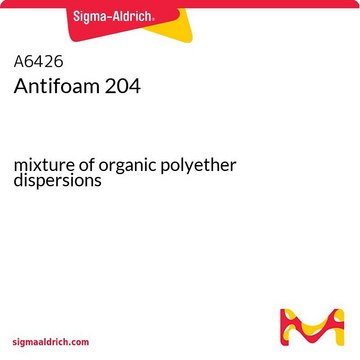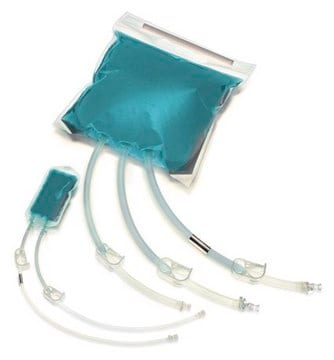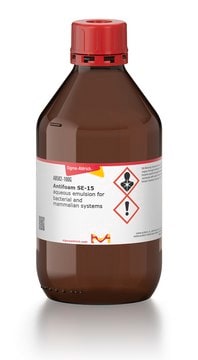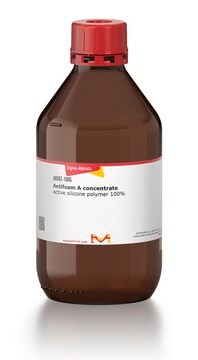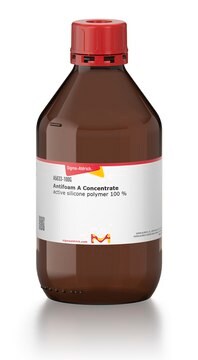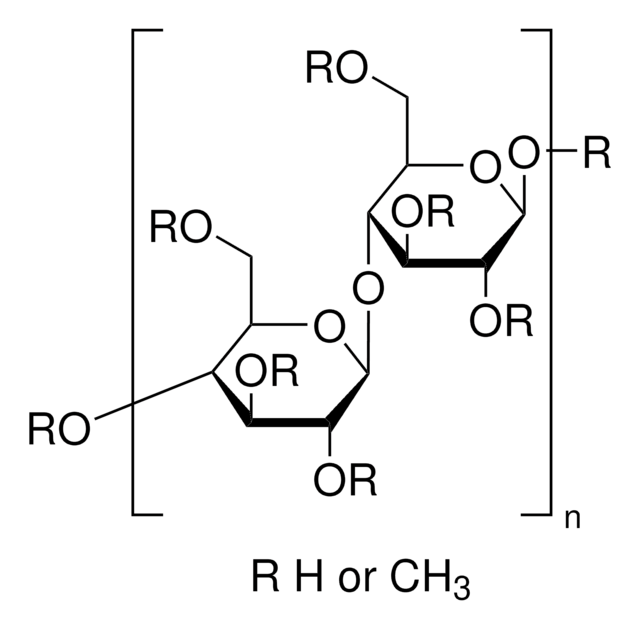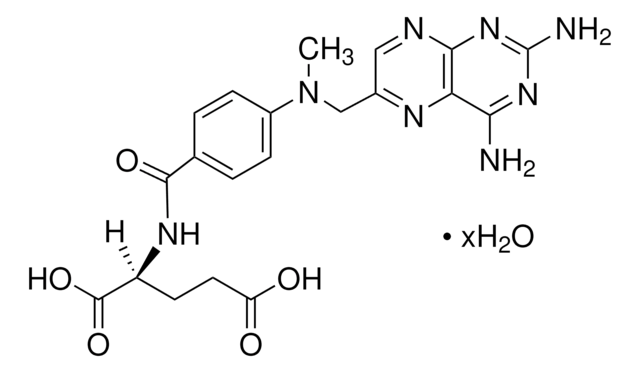A8011
Antifoam C Emulsion
aqueous-silicone emulsion
Sinónimos:
Antifoaming Agent Emulsion
About This Item
Productos recomendados
origen biológico
synthetic
Nivel de calidad
formulario
emulsion
contiene
emulsifier
técnicas
cell culture | hybridoma: suitable
microbiological culture: suitable
mp
0 °C (32 °F)
Categorías relacionadas
Descripción general
Aplicación
- as a supplement in RO-H2O and a chemically defined culture medium to determine volumetric mass transfer coefficient (kLa) of mammalian cell culture
- as a component of feed medium,
- as a steam-sterilized antifoaming agent in a biocontroller for pH-stat fed-batch cultivations
- as a supplement in fed batch medium to mimic the typical large-scale cultivation conditions
Características y beneficios
- Minimizes compatibility issues with biological systems
- Highly effective defoamer at low concentrations
- Highly effective and versatile silicone defoamer
Otras notas
Palabra de señalización
Warning
Frases de peligro
Consejos de prudencia
Clasificaciones de peligro
Eye Irrit. 2 - STOT SE 3
Órganos de actuación
Respiratory system
Código de clase de almacenamiento
10 - Combustible liquids
Clase de riesgo para el agua (WGK)
WGK 3
Punto de inflamabilidad (°F)
Not applicable
Punto de inflamabilidad (°C)
Not applicable
Equipo de protección personal
Eyeshields, Gloves, type ABEK (EN14387) respirator filter
Certificados de análisis (COA)
Busque Certificados de análisis (COA) introduciendo el número de lote del producto. Los números de lote se encuentran en la etiqueta del producto después de las palabras «Lot» o «Batch»
¿Ya tiene este producto?
Encuentre la documentación para los productos que ha comprado recientemente en la Biblioteca de documentos.
Los clientes también vieron
Nuestro equipo de científicos tiene experiencia en todas las áreas de investigación: Ciencias de la vida, Ciencia de los materiales, Síntesis química, Cromatografía, Analítica y muchas otras.
Póngase en contacto con el Servicio técnico